Description
In Depth
EnzyGenic by Alimentum Labs is a broad-spectrum product designed to manage symptoms of gastrointestinal distress and discomfort related to allergies, food sensitivities, or other dysfunctions of the gastrointestinal tract. EnzyGenic’s formula contains a wide range of digestive enzymes that aid in the metabolism of common food components that cause gastrointestinal distress.
Through powerful doses of enzymes that break down potential irritants like FODMAPs, gluten, lactose, fats, and proteins, EnzyGenic delivers a natural solution that avoids the need for eliminating food groups. EnzyGenic supports access to a well-balanced lifestyle without sacrificing a varied and nutritious diet.
Key Features
- Lactase is the enzyme that breaks down the milk sugar lactose, which is also a common FODMAP. Only about 30% of the world’s population can digest lactose efficiently into adulthood. Because not every individual can continue to digest lactose, a majority of the population have some form of gastrointestinal distress, or lactose intolerance, during and/or after consuming dairy products. Supplementing the lactase enzyme alongside dairy consumption can help prevent uncomfortable symptoms associated with lactose intolerance.
- Amylase is an enzyme that breaks down starch into the more digestible sugar, maltose. Amylase enzymes may not be active enough when naturally produced by the body, so supplementation may help with this digestive deficit. Additionally, amylases can destroy and prevent the formation of digestive plaques, also known as biofilms, caused by pathogenic bacteria such as Escherichia coli, Staphylococcus aureus, and Pseudomonas aeruginosa.
- Proteases are a family of enzymes that break down proteins into peptides and break down some larger peptides into smaller peptides. They are critical for the digestion of dietary proteins. Once the protease enzymes have done their work, the remaining peptides are then digested further by peptidases. An important feature of proteases is that they can also destroy harmful biofilms caused by pathogenic bacteria.
- Peptidases are enzymes that can break down peptides into amino acids; the basic building blocks of all proteins. Peptidase can break down gluten peptides, which can be responsible for some food sensitivities and allergies. Recent research has shown the benefits of consuming a variety of peptidases to help prevent reactions to accidental gluten consumption.
- Lipases are enzymes that break down dietary fats and oils, also known as lipids. Improper digestion of lipids can lead to gastrointestinal distress and nutrient deficiencies. Supplementing lipase enzymes into the diet may help to digest these nutrients and relieve the uncomfortable symptoms that accompany excess lipids in the gastrointestinal tract.
- Rose hips, also known as dog rose, is a flowering shrub that has been used for many years in natural medicinal applications. It has been shown to improve inflammation and perceived pain, which may help relieve digestive pain. It may also combat infections of Helicobacter pylori, a bacteria that can infect the digestive tract and cause various complications like pain, inflammation, and even ulcers.
White Paper
The White Paper is your comprehensive guide to understanding this product. It details the ingredients, their functions, and how they work together to deliver results. Complete with usage guidance and safety information, it’s an invaluable resource for anyone seeking a thorough understanding of this formula.
Essential Ingredients
- Lactase
- Protease
- Amylase
- Lipase
- Rose hips
Directions
Take 1-2 capsules with meals to aid with digestion, or as directed by your health care provider.
Warnings
Keep away from heat, sunlight, and out of the reach of children.
Quality Guarantee
cGMP facility
Non-GMO
Gluten Free
Dairy Free
No Sugar
Frequently Asked Questions
Who should take EnzyGenic?
EnzyGenic is recommended for individuals who experience gastrointestinal distress symptoms such as cramping, bloating, constipation, diarrhea, heartburn, pain, nausea and vomiting during or after eating food. It is also recommended for individuals who have known food sensitivities, allergies, intolerances, or autoimmune reactions. Taking EnzyGenic can help limit the effects of accidental food exposure for particularly sensitive individuals. Additionally, EnzyGenic is a great option to support other Alimentum Labs products aiming to correct dysbiosis and remove digestive plaques.
How should I take EnzyGenic?
For optimal therapeutic results, it is recommended to take 1-2 capsules of EnzyGenic with meals to aid with digestion, or as directed by your health care provider.
Can I take EnzyGenic with other supplements?
Yes, it is considered safe to take EnzyGenic with other supplements, especially other Alimentum Labs products that support digestion and microbiome health and diversity. However, it’s always advisable to consult with a healthcare professional before adding a new supplement to your regimen. This ensures that there are no potential interactions or contraindications with specific medications or individual health conditions. Healthcare providers can provide personalized guidance based on your unique health profile, helping you make informed decisions about supplement combinations for optimal safety and efficacy.
Can I take EnzyGenic if I'm pregnant?
It is always recommended to consult with your healthcare provider before taking EnzyGenic or any other supplement while pregnant. While many of the ingredients in EnzyGenic are generally recognized as safe, individual responses to supplements can vary, and the potential impact on pregnancy and fetal development should be carefully considered. Specifically, high concentration of bromelain may cause bleeding during pregnancy and high concentrations of papain may cause uterine contractions, pregnancy loss, and birth defects. Healthcare providers can offer personalized advice based on the specific needs and health conditions of pregnant individuals to ensure the safety and well-being of both the mother and the baby.
Why is EnzyGenic important for digestive support?
Genetics are an important factor that determine the ability of the body to produce digestive enzymes. Like with all genetics, certain individuals may have mutations that prevent their bodies from producing functional enzymes or adequate enzyme levels. EnzyGenic was designed and formulated to bridge this critical genetic gap. Supplementation with the variety of digestive enzymes provided by EnzyGenic supports proper digestion and nutrient absorption, a healthy gastrointestinal tract, a balanced microbiome, and prevents gastrointestinal distress.
How does EnzyGenic improve digestion and gastrointestinal health?
EnzyGenic provides additional digestive enzymes to efficiently break down meals to prevent undigested food particles from fermenting and causing symptoms of gastrointestinal distress. Healthy digestion promotes proper nutrient absorption both by the intestine and the beneficial microbes. EnzyGenic’s enzymes are also capable of disrupting digestive plaques formed by pathogenic bacteria which can contribute to gastrointestinal distress and dysbiosis.


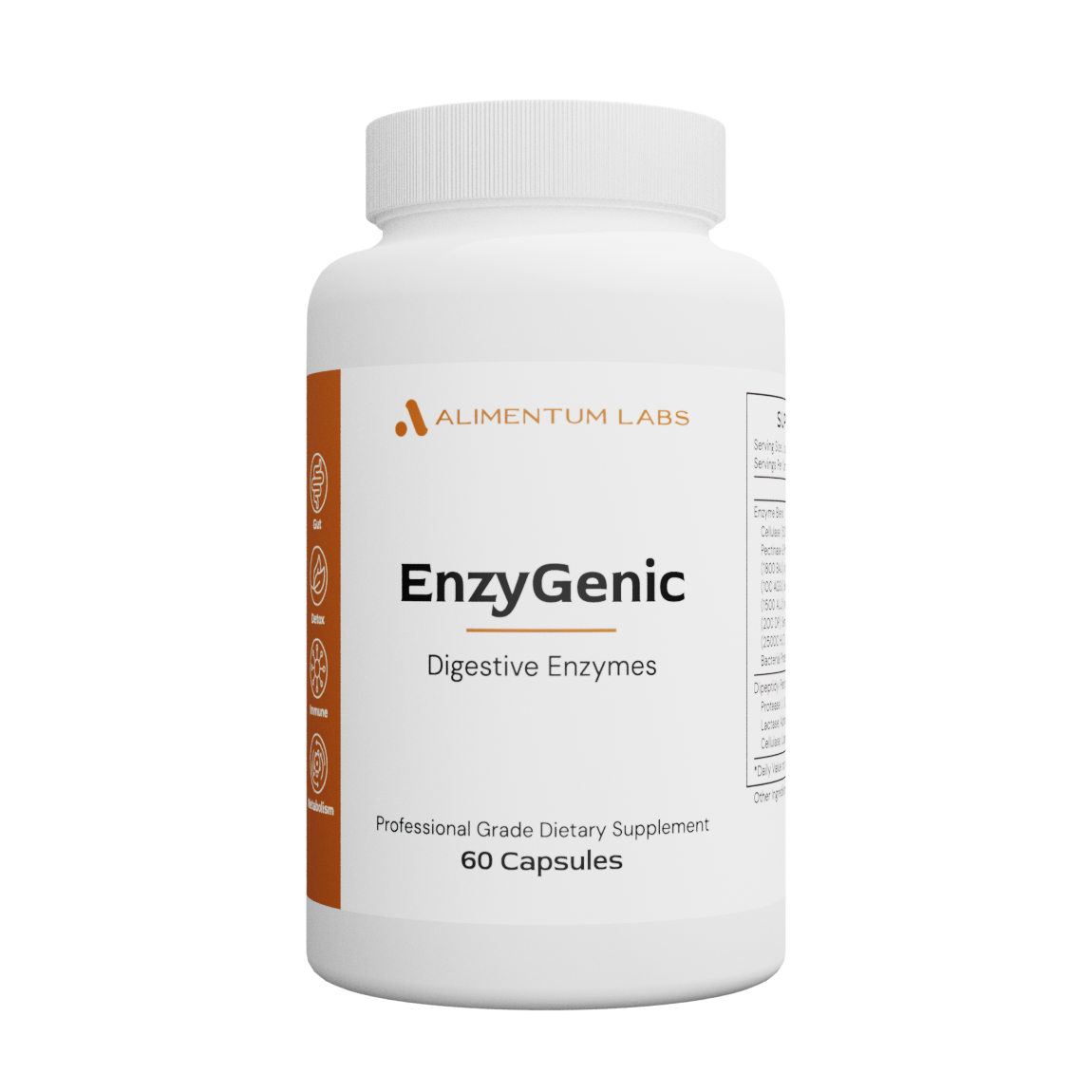
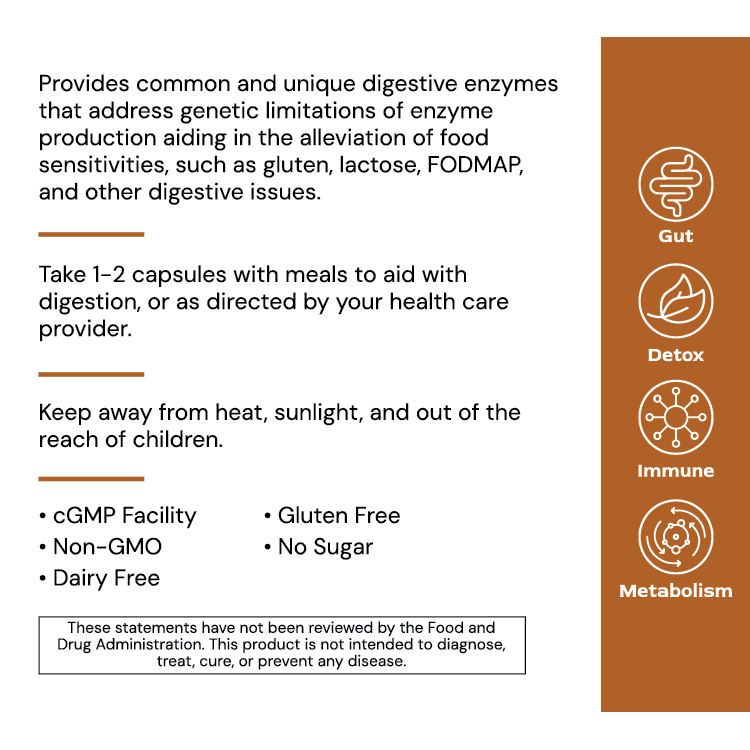
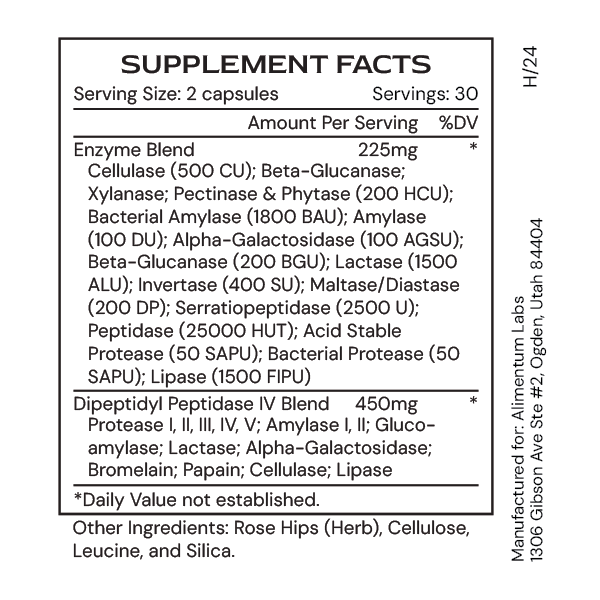
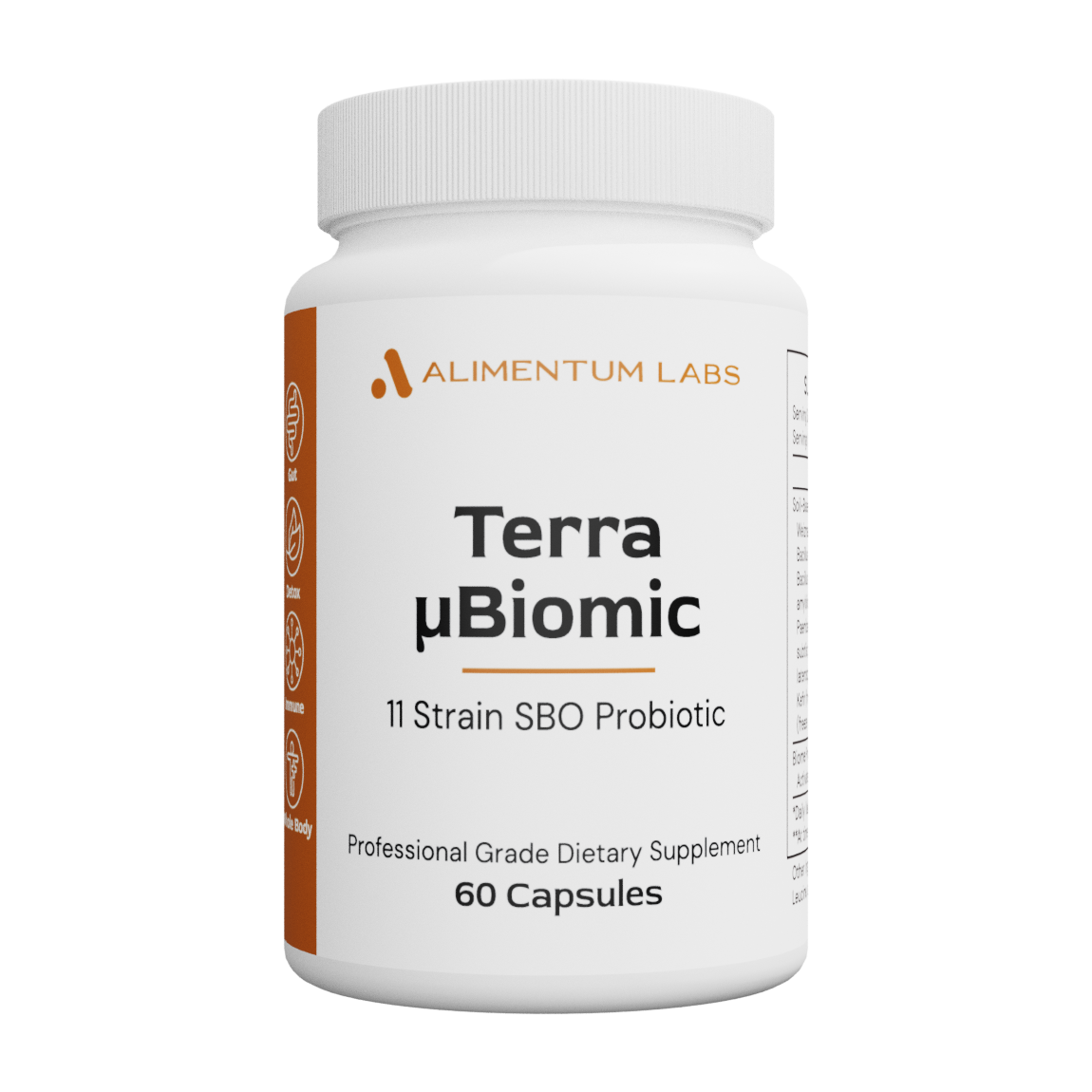
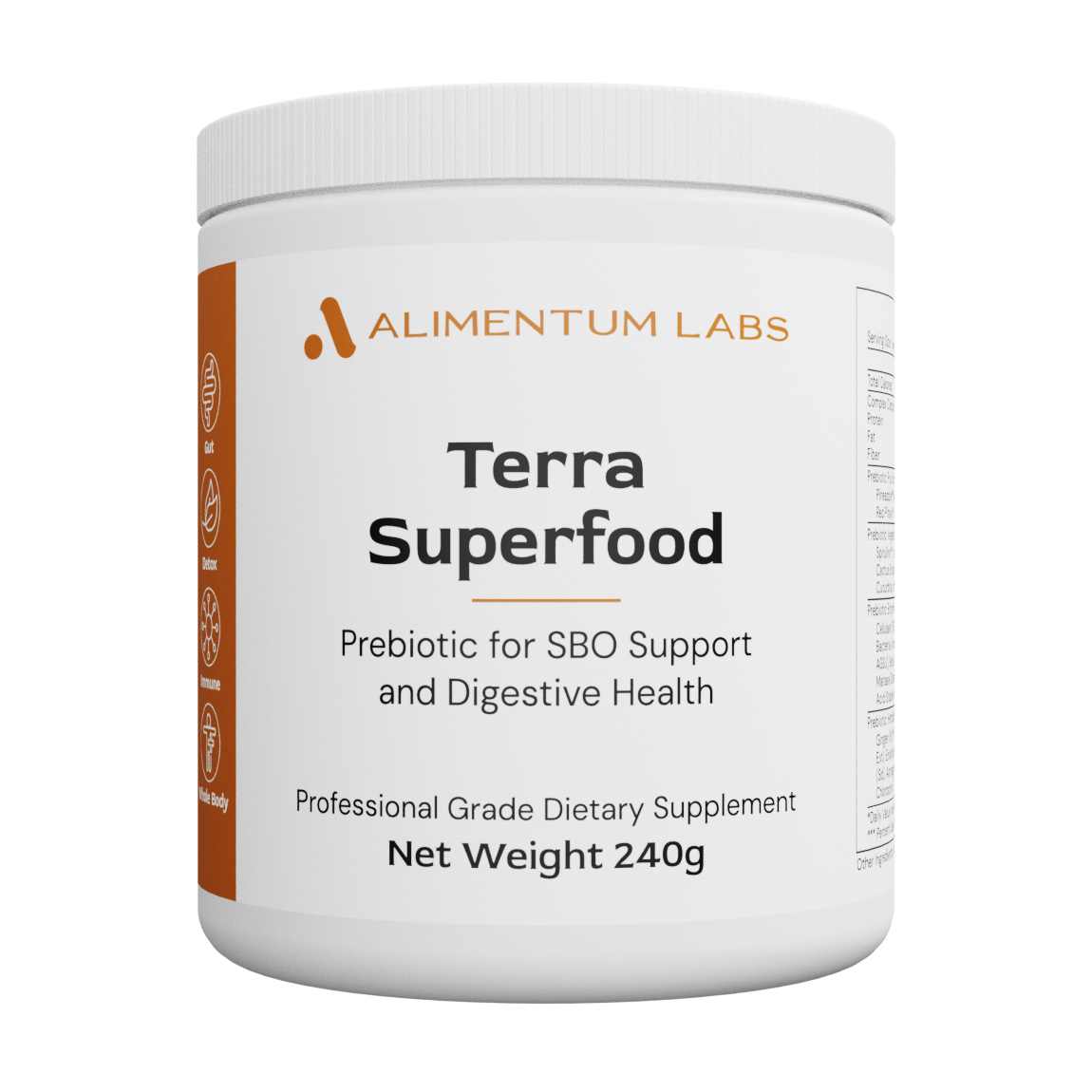
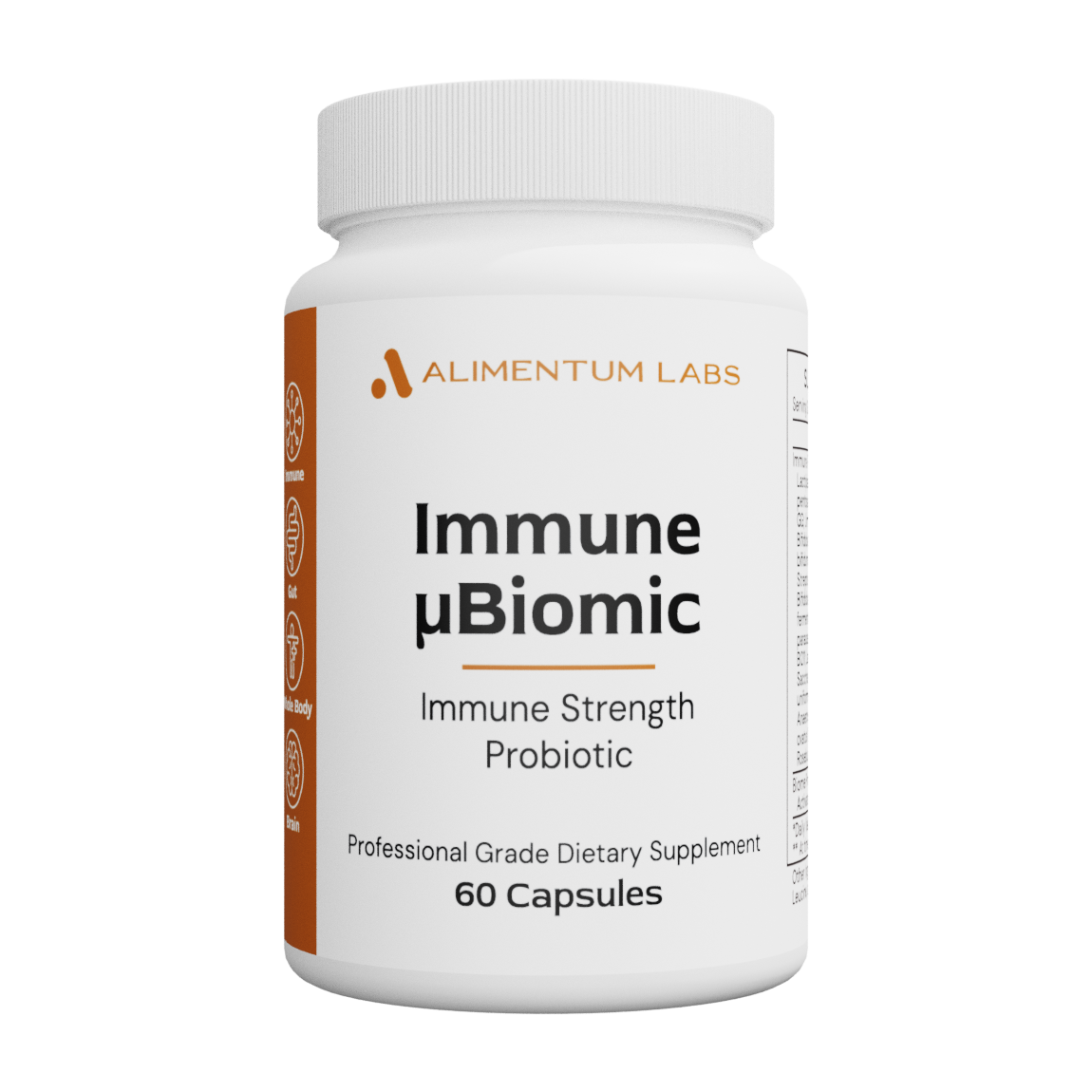
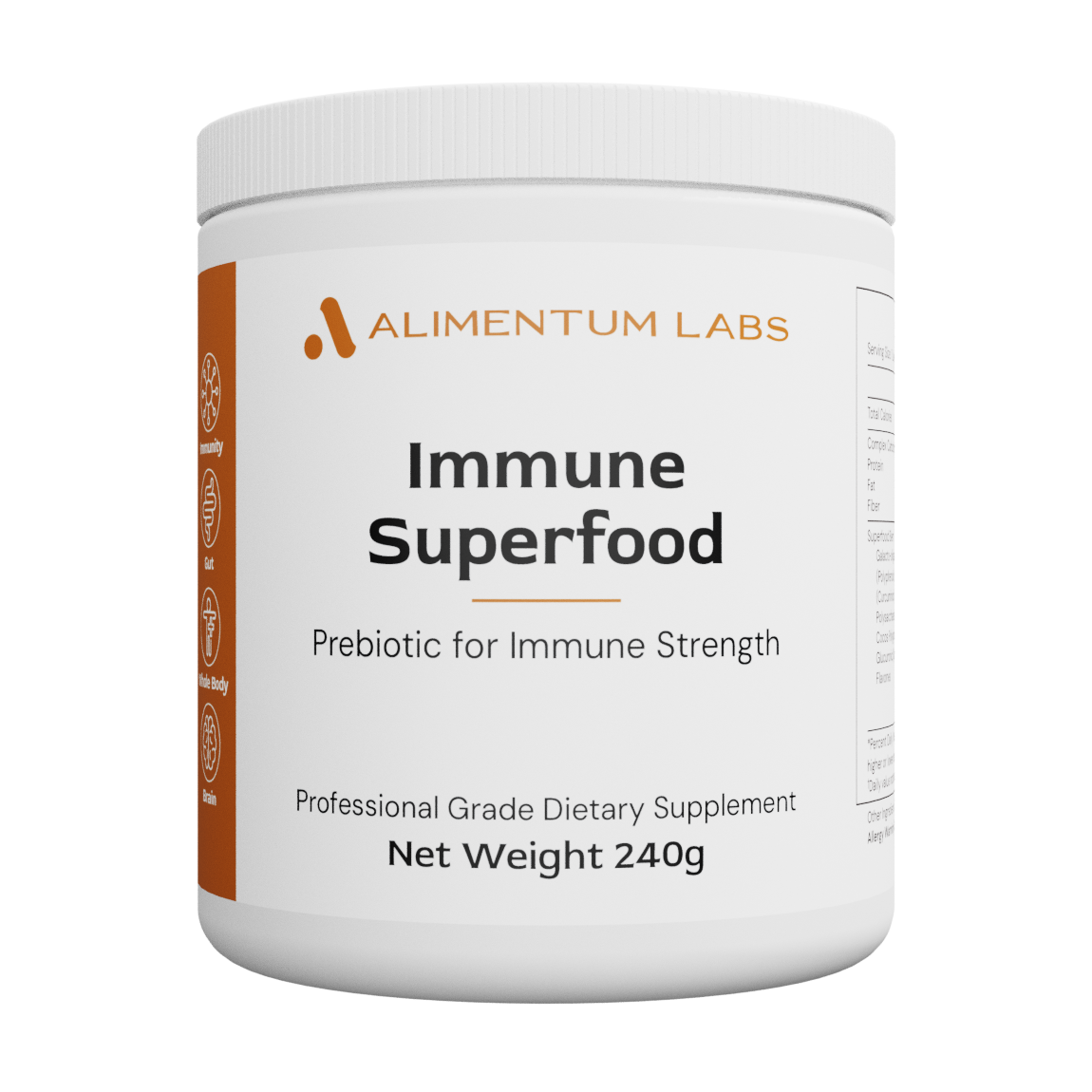
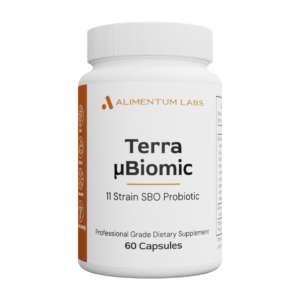
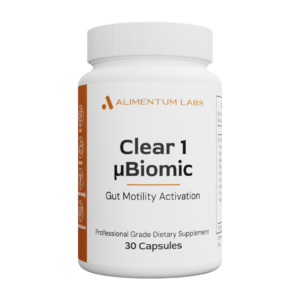
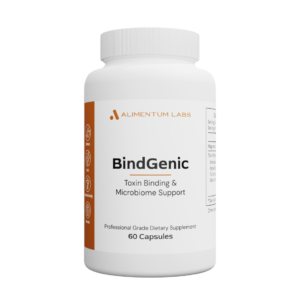
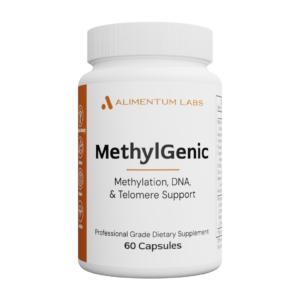

There are no reviews yet.